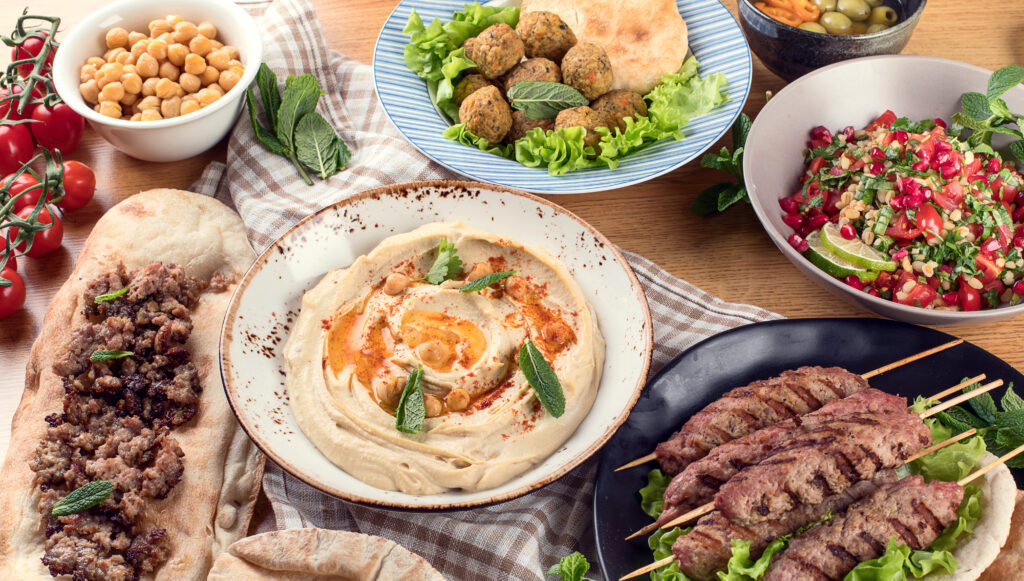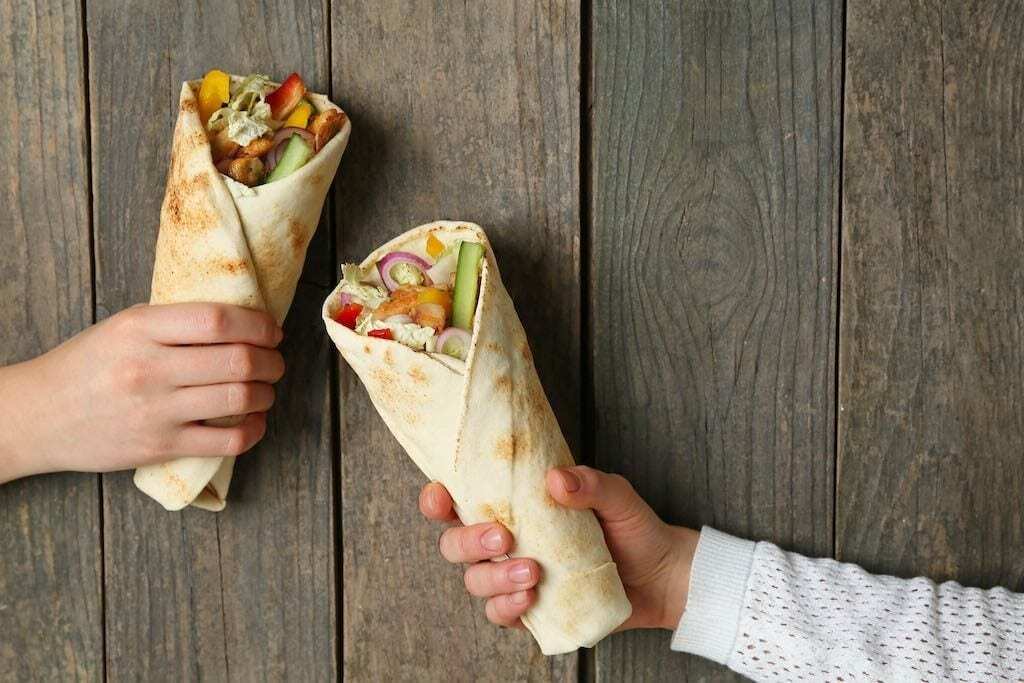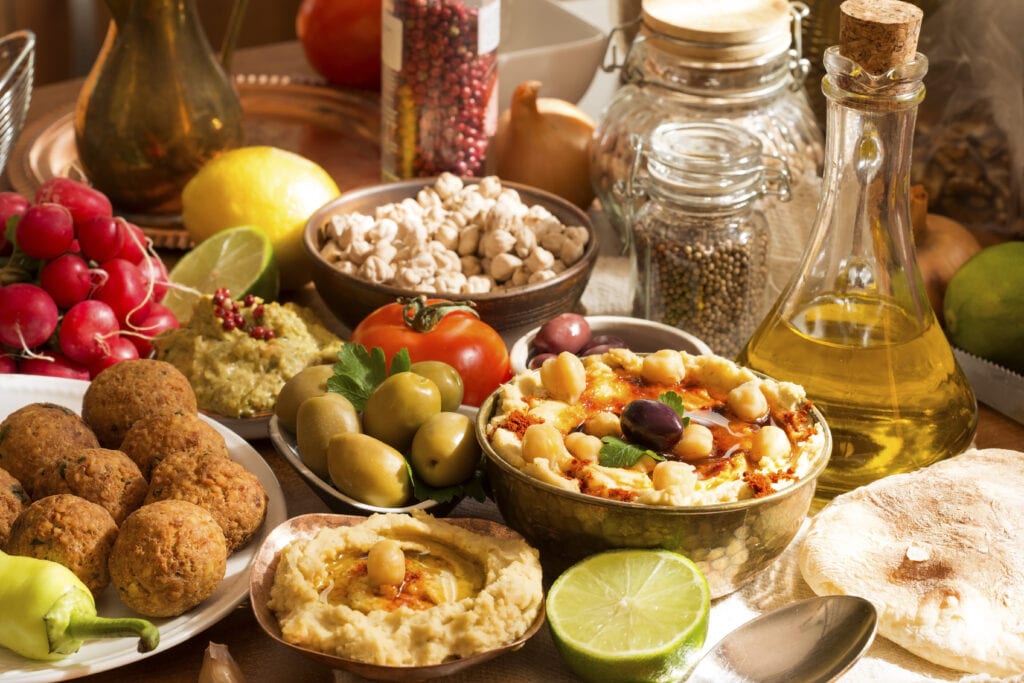
Introduction to Arabic Cuisine
From Falafels to Shawarma, Arabic cuisine has a lot of diverse, rich, and exotic flavors. The taste of each Arabic dish carries a delightfulness. So satisfying and fulfilling, it is an absolutely heavenly experience. Well, if you have tried Arabic food earlier, you can imagine. But, if you are planning to try the Arabic cuisine, then equip yourself with knowledge first. Dig in!
Food History & Culture-At a Glance
It was in the 7th century when the Arabic kitchen began defining its boundaries. By then, the cuisine had already had a great influence of multiple ancient cuisines, including:
- Sumerian
- Phoenician
- Arameans
- Assyrian
- Nabatean
- Babylonian
The dishes in Arabic cuisine also come from the Greeks, Romans, Persian, and Turks. We must not forget these are the ones who had a major influence on the production of 40,000 incredibly rich dishes in Arabic cuisine. Several others made a minor contribution.
During the 8th and 13th centuries, the Arabs explored the potential and possibilities of edibles that surrounded them that food was not only cherished but also celebrated. As history says, most new dishes came forth when the sultans called for feasts. According to a cookbook written back in the time, Arabs could cook 500 different dishes from chicken alone!
The celebration of food also eventually led to the rise of hospitality and generosity in the Arabic food culture. Today, all sorts of dinners and meals are more a matter of spreading and sharing warmth and love than sharing meals only.

Arabic Meal Patterns
A mob of people in white clothing gathered around a dinner table in the midst of sand dunes. Perhaps, this is the most common scenario that a person imagines when thinking about Arabic food culture. But, in reality, the Arabic way is quite different. Yes, there are a lot of restaurants in sandy locations where Arabs might go for an outing. However, most of the time, Arab families do stay indoors.
Usually, in the Arab world, the food gets prepared in bulk amounts for large gatherings. They prefer eating together at the table, than having separate meals. On regular days, the structure of the meal consists of breakfast, lunch, and dinner. The last meal of the day is the lightest.
But, in the month of Ramadan, there are only two meals called Suhr (before dawn break) and Iftar (at dusk). During this month, Arabs tend to eat more sweets.

Main Components of the Arabic Cuisine
The Arabic cuisine consists of some specific main ingredients that set it apart from others. These ingredients get used in almost every other Arabic dish and give it that particular Arabic touch. Let’s evaluate each component in detail!
Dairy Products
When looking at recipes, you will find that a lot of Arabic dishes include dairy products. The most used ones being yogurt, cream, buttermilk, white cheese, and butter. Hence, the prepared meals have a creamy and milky touch to them.
Meat & Poultry
People mostly relate camels with Arabs, and it may be for one good reason because they eat camel meat a lot. In urban areas, the camel meat is a bit pricey and gets cooked on occasions. However, in rural areas, it is a staple food item and gets eaten every other day. It gets cooked into Mandi, stew, and even burger patties. Apart from camel, the cuisine revolves around lamb or chicken.
Tea/Coffee
Similar to Pakistani food culture, tea is a major component of Arabic cuisine. They serve tea with almost every meal and drink it several times a day. In some regions, tea gets substituted with Arabic coffee that has a unique taste than a regular one.
Grains
Rice is a staple food item and gets combined with a majority of Arabic stews. Also, the wheat is essential for the bread types, with the most famous being pita bread. Semolina also gets widely used for puddings and sweets.
Lentils
Chickpeas, fava beans, and peanuts are some of the most extensively used lentils in Arab meals. They add a scrumptious taste and considerable nutrients.
Spices & Dressings
Upon tasting, some spices to show up immediately include sesame, saffron, and cinnamon. And, a dab of olive oil is an absolute necessity as a dressing. At times, you will find the meals to have lemon juice and tahini.
Famous Arabic Dishes
Several Arabic dishes like Hummus, Batata Harra, Fattoush, Mologhaia, Goulash, and others have gained popularity worldwide. Mostly because of their magical flavors. A noteworthy point here is that usually, the food containing tangy and creamy ingredients seems to have satisfied a wide range of taste buds. So, when going through an Arabic menu or cookbook, you know which one to try! And if you wish to know which of these are the best of all, then you can find them out in this blog.
Leave your comment
You must be logged in to post a comment.